Home>Home Appliances>Cleaning Appliances>How To Wring A Mop Without A Wringer
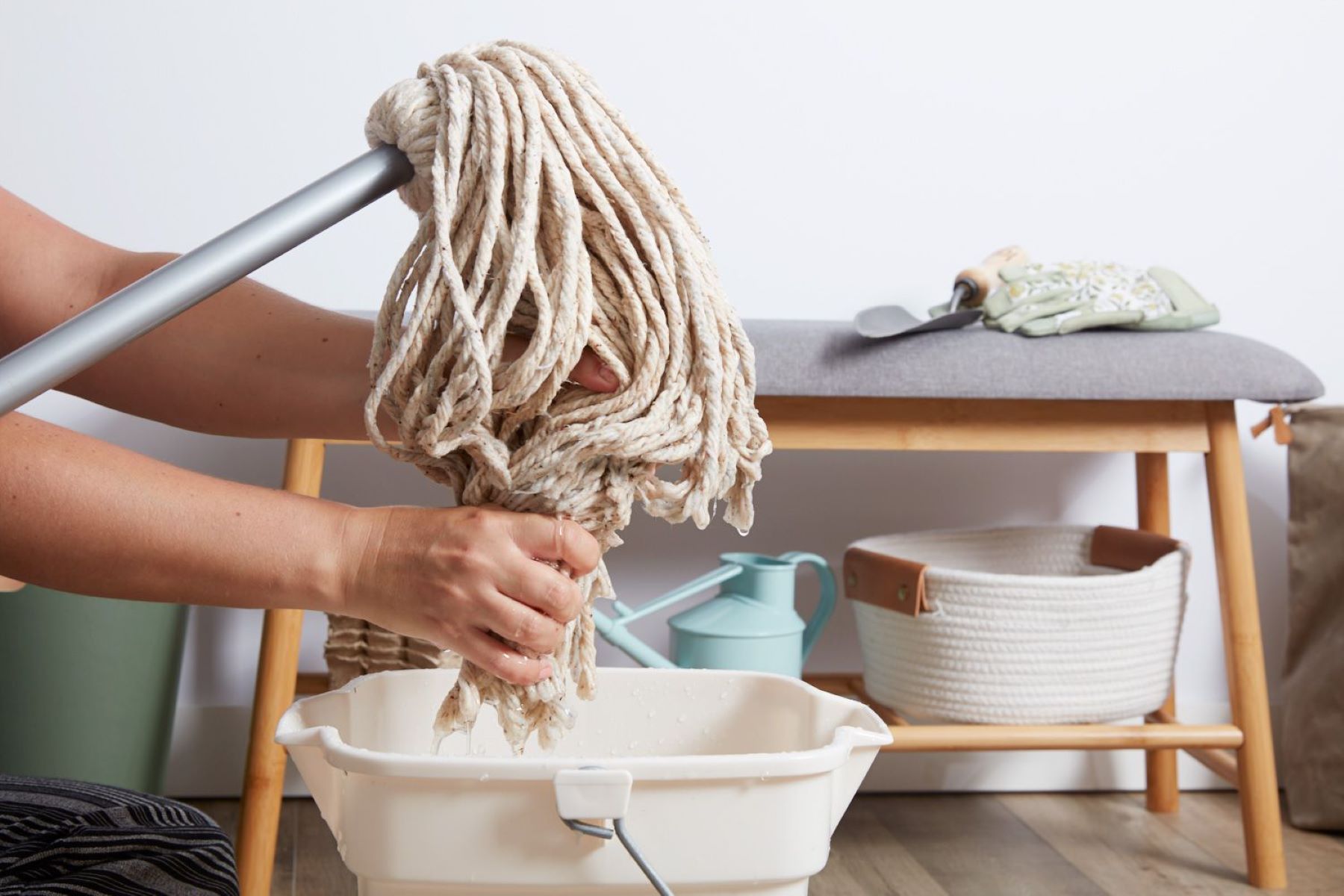

Cleaning Appliances
How To Wring A Mop Without A Wringer
Modified: September 1, 2024
Learn the best techniques for wringing a mop without a wringer. Discover efficient cleaning appliances and methods for hassle-free floor cleaning.
(Many of the links in this article redirect to a specific reviewed product. Your purchase of these products through affiliate links helps to generate commission for Storables.com, at no extra cost. Learn more)
Introduction
Cleaning the floors of your home can be a satisfying task, but the process of wringing out a mop can sometimes be a hassle, especially if your mop doesn't have a built-in wringer. However, fear not! There are several simple and effective methods to wring out a mop without a wringer, using items commonly found in most households. Whether you prefer the hands-on approach, the use of a bucket, or the aid of a trusty towel, this article will guide you through the process, ensuring that your floors are left sparkling clean without the need for specialized equipment. Let's dive into these practical and efficient methods to make the chore of wringing out a mop a breeze.
Key Takeaways:
- Wringing out a mop without a wringer is easy! Use your hands, a bucket, or a towel to remove excess water and ensure your floors are left sparkling clean.
- Master the art of wringing out a mop without a wringer for hassle-free floor cleaning. Whether it’s using your hands, a bucket, or a towel, these simple methods make the task a breeze.
Read more: How To Fix Mop Bucket Wringer
Method 1: Using Your Hands
Wringing out a mop using your hands is a straightforward and effective method that requires minimal tools. To begin, place the wet mop head into a sink or a large bucket to contain any excess water. Once the mop head is submerged, grasp the mop handle firmly with one hand and use the other hand to twist and squeeze the mop head, wringing out the excess water. Rotate the mop head as you squeeze to ensure that all areas are thoroughly wrung out. It may be helpful to wear rubber gloves during this process to protect your hands from prolonged exposure to water and cleaning solutions.
Another technique for wringing out a mop by hand involves using a pair of tongs or pliers. After submerging the mop head in water, carefully grasp the mop head with the tongs or pliers, applying gentle pressure as you twist and squeeze to remove the excess water. This method provides additional leverage and control, particularly when dealing with a heavily saturated mop head.
Once you have wrung out the mop to your satisfaction, you can proceed to mop the designated area, confident that the excess water has been effectively removed. This hands-on approach allows for precision and control, ensuring that the mop is at the optimal dampness for efficient and thorough cleaning. With a little practice, wringing out a mop by hand can become a quick and efficient part of your cleaning routine, leaving your floors spotless and dry.
Method 2: Using a Bucket
Wringing out a mop using a bucket is a practical and convenient method that can be easily accomplished with household items. Begin by filling a large bucket with water and placing the wet mop head into the water, allowing it to soak for a brief period. Once the mop head is fully saturated, lift it out of the water and hold it over the bucket, allowing the excess water to drip back into the container.
Next, gently press the mop head against the side of the bucket, using the pressure to wring out the excess water. Rotate the mop head and continue pressing it against the bucket’s interior, ensuring that all areas of the mop are thoroughly wrung out. This method effectively removes excess water, leaving the mop at the ideal dampness for efficient cleaning without the need for a specialized wringer.
For an added level of water removal, consider using a mop squeeze attachment for your bucket. This attachment allows you to place the wet mop head into the designated area and use the attached lever to press down and wring out the excess water. This simple yet effective tool can streamline the wringing process, providing a quick and efficient way to prepare your mop for cleaning.
Once the excess water has been removed, your mop is ready to tackle the task at hand. This method offers a practical and accessible approach to wringing out a mop, utilizing common household items to achieve optimal cleaning results. By incorporating the use of a bucket, you can ensure that your floors are left sparkling clean without the need for a dedicated mop wringer.
After soaking the mop in water and detergent, twist it tightly by hand to wring out excess water. Repeat until the mop is sufficiently dry.
Method 3: Using a Towel
Wringing out a mop using a towel is a clever and efficient method that leverages the absorbent properties of the fabric to remove excess water. To begin, lay a clean, dry towel on the floor and place the wet mop head onto the towel. Ensure that the towel is large enough to accommodate the mop head and provide ample space for the wringing process.
Once the mop head is positioned on the towel, roll the towel over the mop, encasing it within the fabric. With the mop securely wrapped in the towel, press down firmly to apply pressure and encourage the towel to absorb the excess water from the mop head. Roll the towel back and forth, focusing on the areas where the water is most concentrated, to effectively remove the moisture.
After a few rounds of rolling and pressing, carefully unwrap the towel from the mop head and assess the dampness. If necessary, repeat the process with a dry section of the towel to further remove any remaining moisture. This method allows the absorbent nature of the towel to efficiently extract excess water from the mop head, leaving it at the optimal level of dampness for effective cleaning.
Additionally, utilizing a towel for wringing out a mop offers the added benefit of cleaning the towel itself in the process. As the towel absorbs the excess water from the mop, it also collects dirt and grime, effectively serving as a secondary cleaning tool. This dual-purpose approach not only wrings out the mop but also contributes to the overall cleanliness of the surrounding area.
By employing a towel to wring out a mop, you can achieve a thorough removal of excess water while harnessing the absorbent qualities of the fabric. This method provides a practical and resourceful way to prepare your mop for cleaning, ensuring that your floors receive the attention they deserve.
Conclusion
Mastering the art of wringing out a mop without a wringer opens up a world of possibilities for efficient and effective floor cleaning. Whether you opt for the hands-on approach, the use of a bucket, or the assistance of a trusty towel, each method offers a practical and accessible solution to ensure that your mop is optimally dampened for the task at hand.
By using your hands, you can exert precise control over the wringing process, ensuring that the excess water is thoroughly removed. The use of tongs or pliers can provide additional leverage and support, particularly when dealing with a heavily saturated mop head. This hands-on method allows for a personalized approach to wringing out a mop, enabling you to tailor the dampness according to your cleaning preferences.
Utilizing a bucket presents a convenient and straightforward way to remove excess water from a mop. Whether you opt for the traditional method of manually pressing the mop against the bucket’s interior or incorporate a mop squeeze attachment for added efficiency, this approach leverages common household items to achieve optimal cleaning results.
Embracing the use of a towel introduces a resourceful and absorbent solution to the wringing process. By encasing the mop head within a towel and applying pressure, you can effectively remove excess water while simultaneously cleaning the towel itself. This dual-purpose method offers a clever and efficient approach to preparing your mop for cleaning.
Regardless of the method you choose, mastering the art of wringing out a mop without a wringer empowers you to tackle floor cleaning with confidence and ease. By incorporating these practical and accessible techniques into your cleaning routine, you can ensure that your floors are left sparkling clean without the need for specialized equipment. With a little practice and experimentation, you can discover the method that best suits your preferences and enhances your overall cleaning experience.
So, the next time you find yourself faced with a wringer-less mop, remember that there are simple and effective ways to achieve the perfect level of dampness without hassle. With these methods at your disposal, you can confidently embark on your cleaning endeavors, knowing that your floors will receive the attention they deserve.
Frequently Asked Questions about How To Wring A Mop Without A Wringer
Was this page helpful?
At Storables.com, we guarantee accurate and reliable information. Our content, validated by Expert Board Contributors, is crafted following stringent Editorial Policies. We're committed to providing you with well-researched, expert-backed insights for all your informational needs.
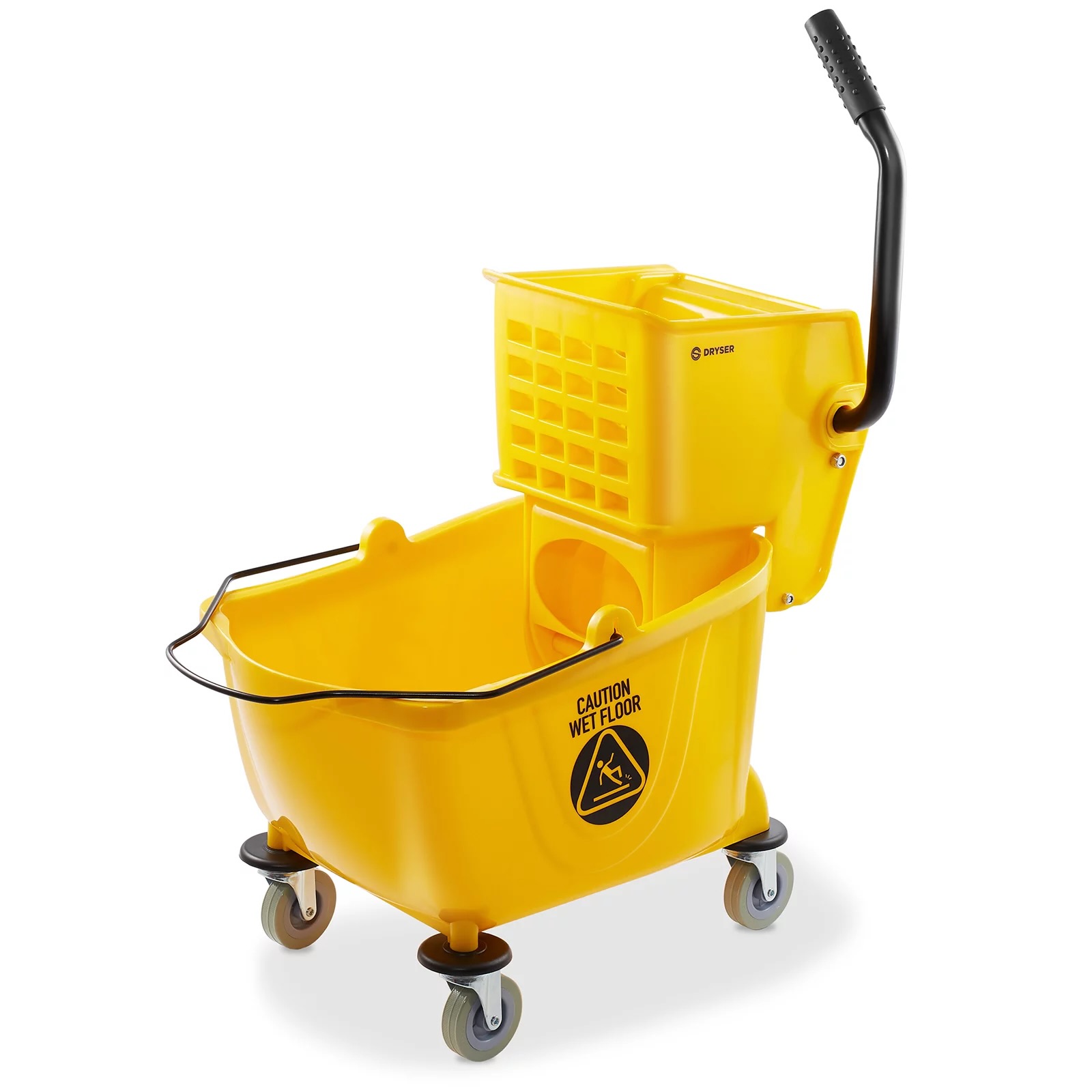
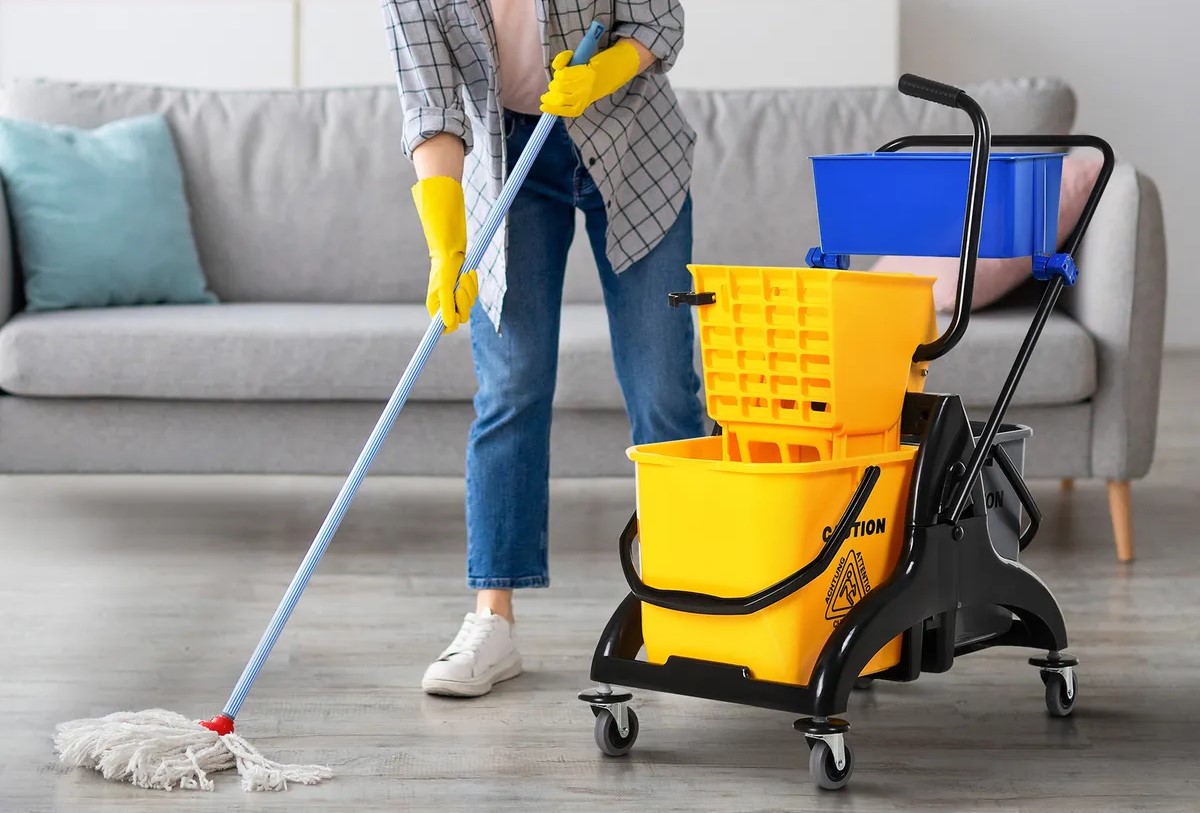
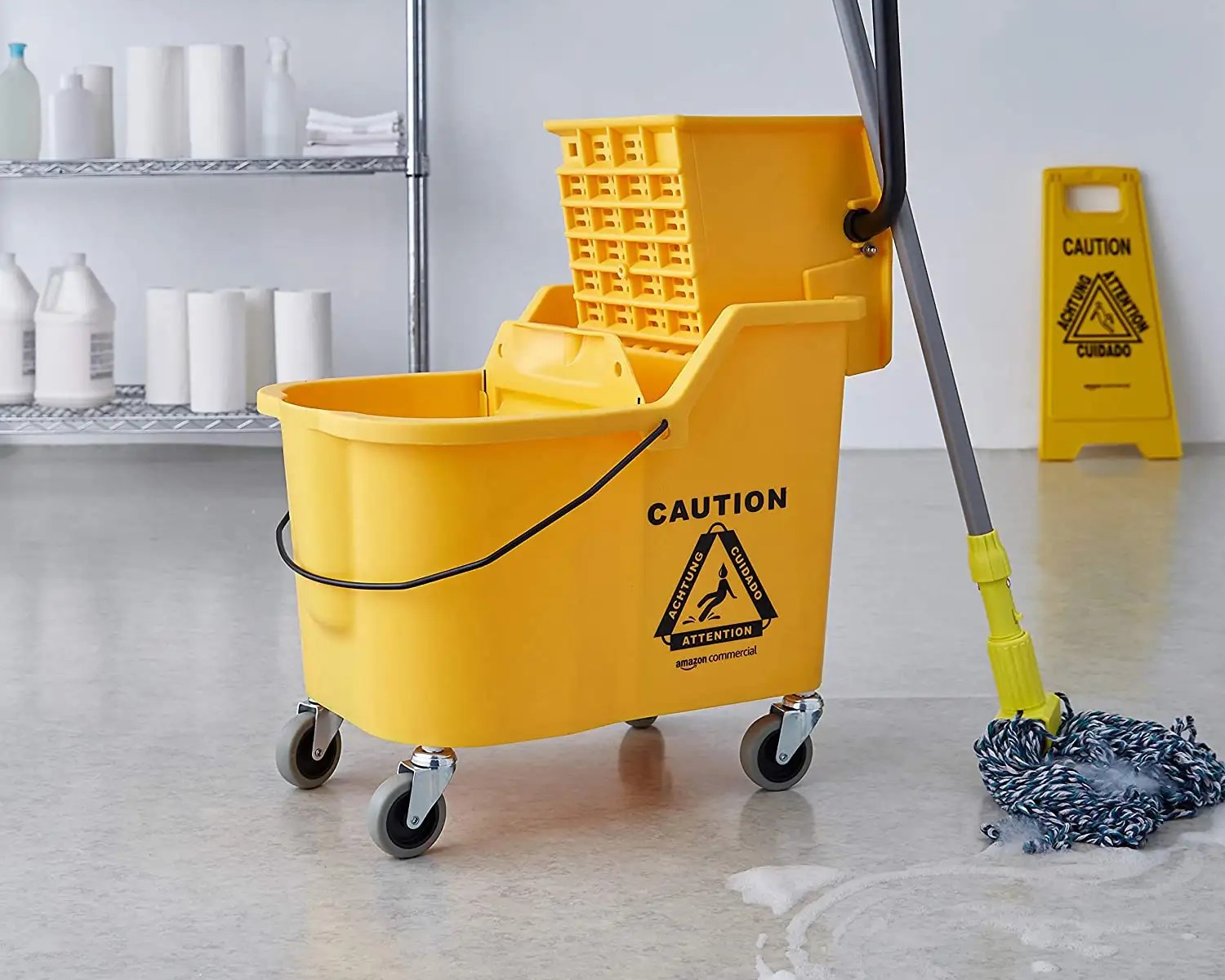
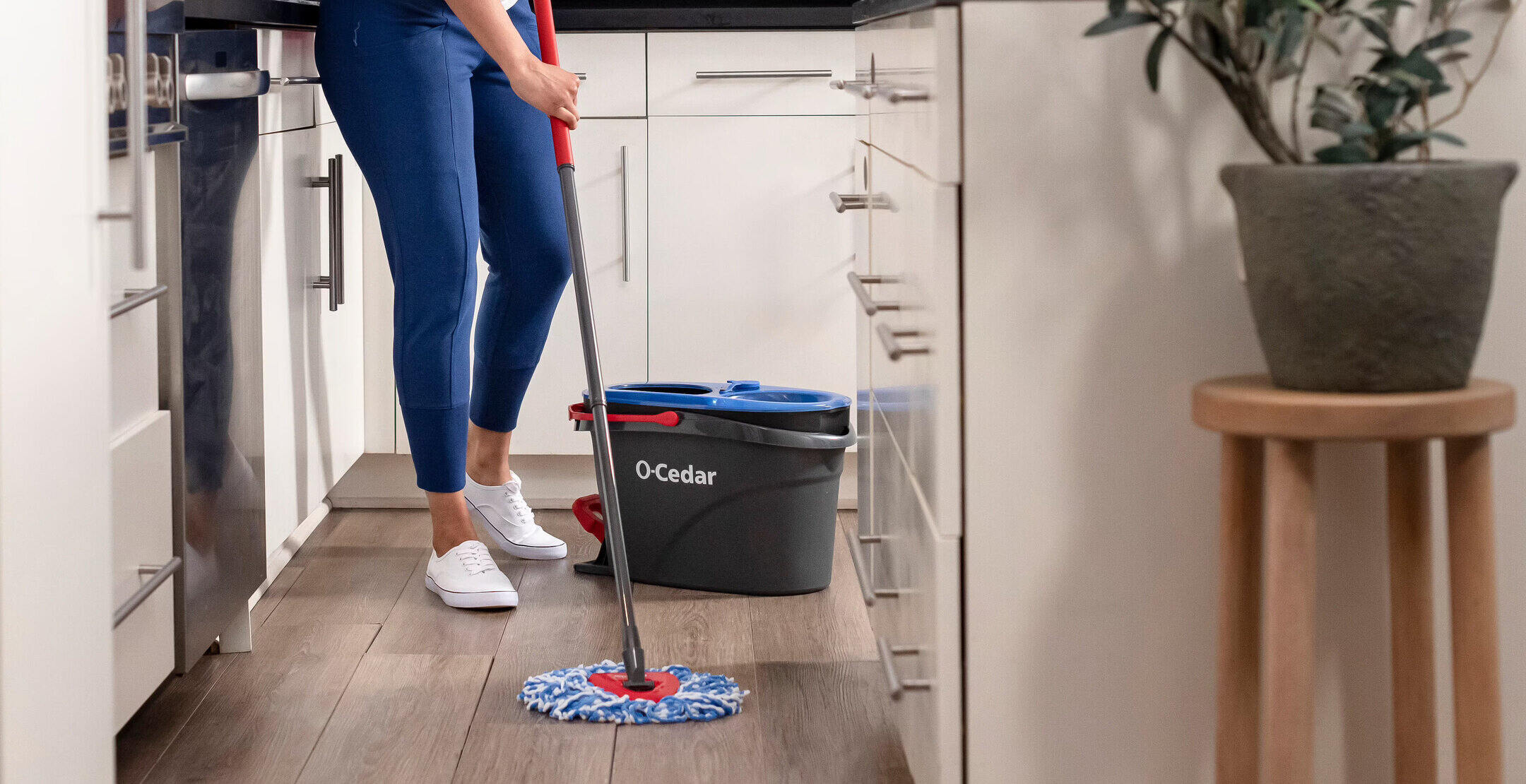
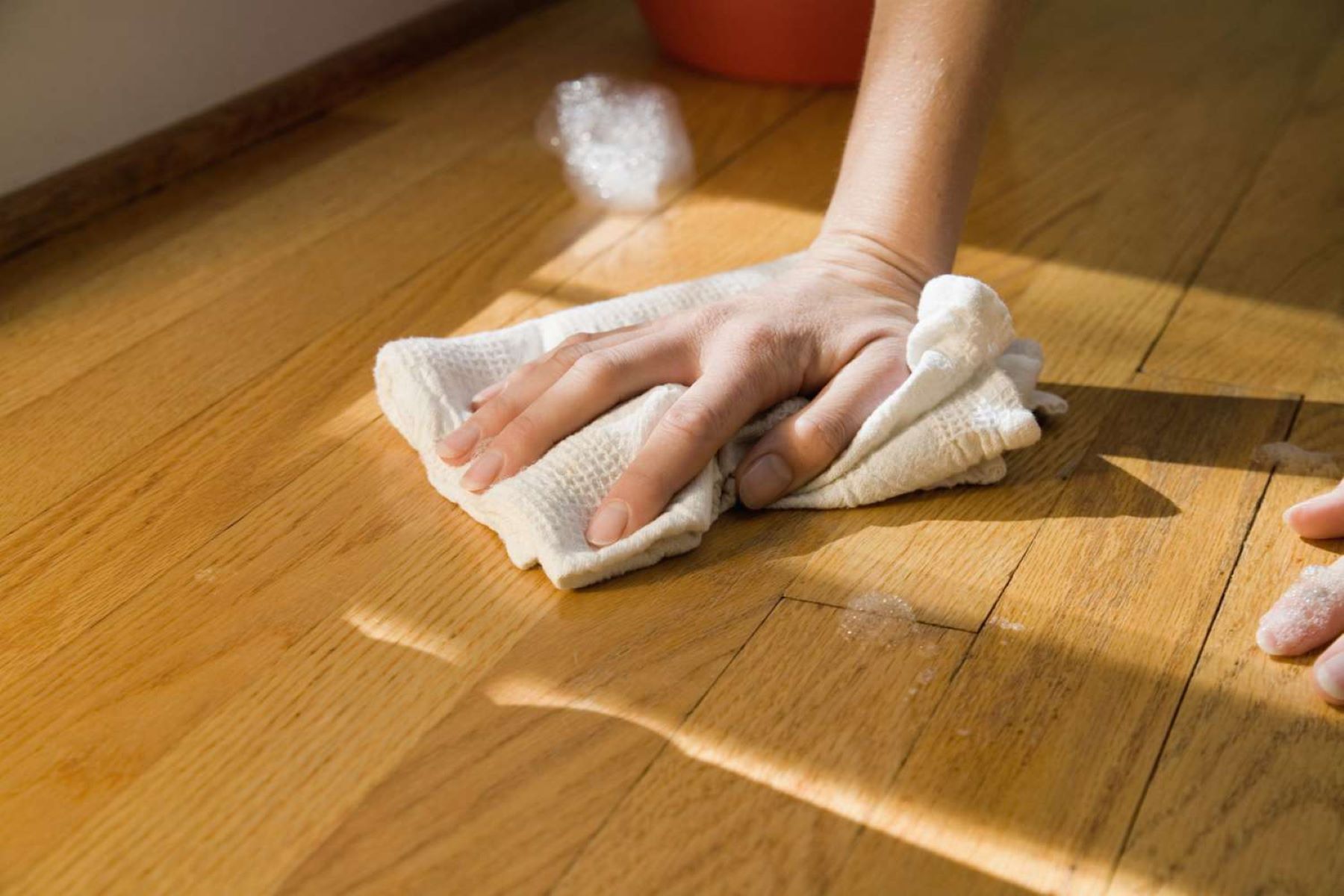
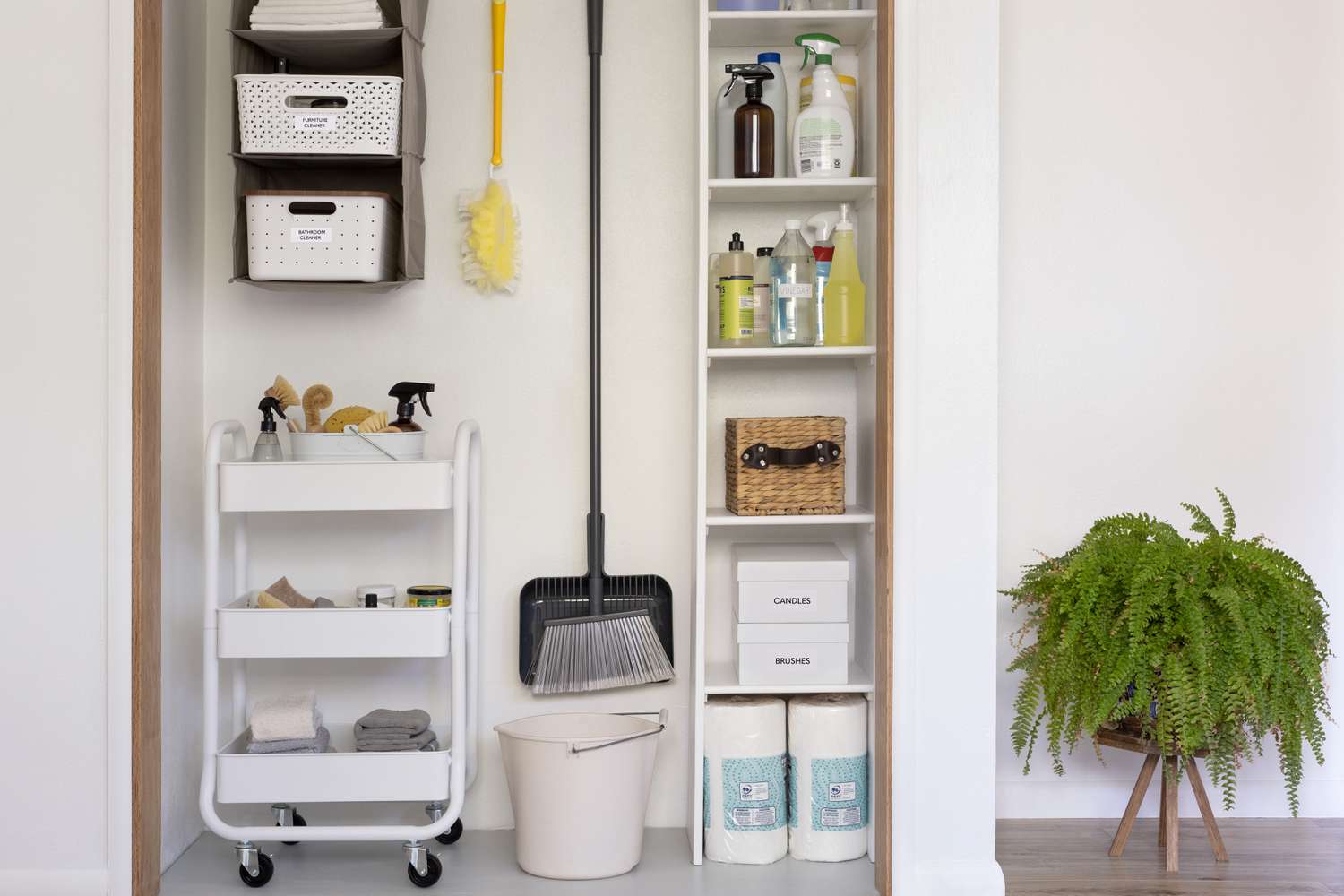
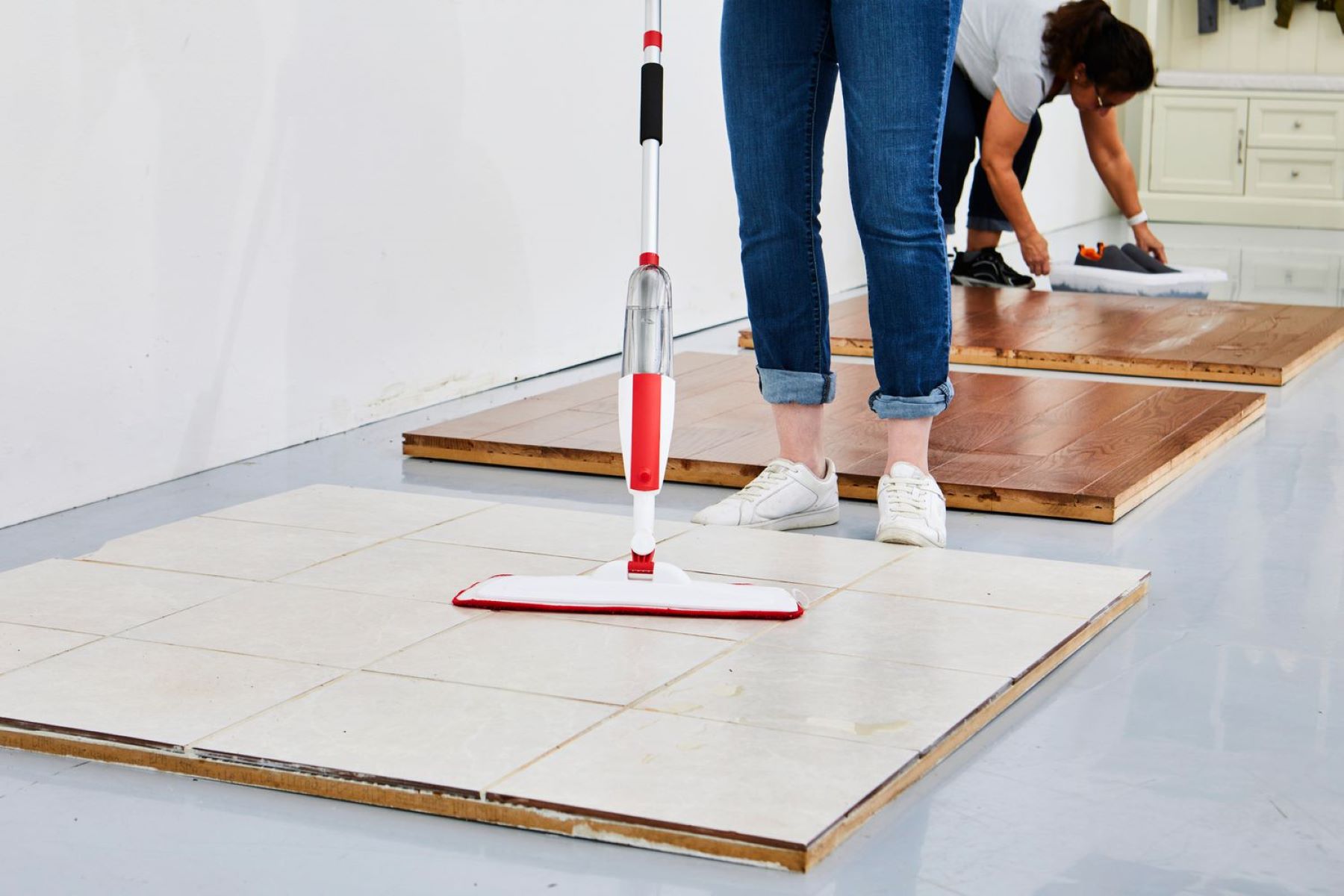
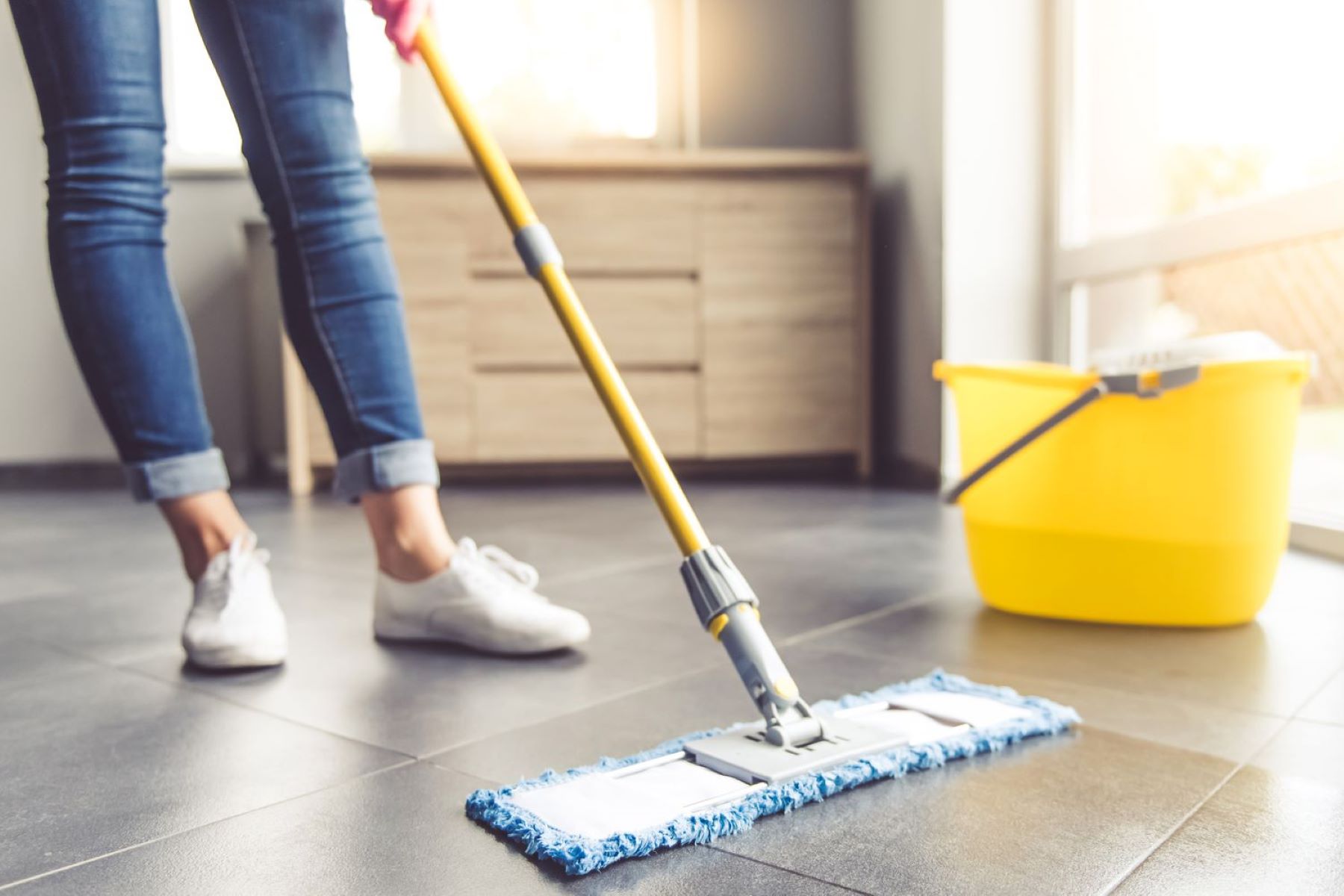
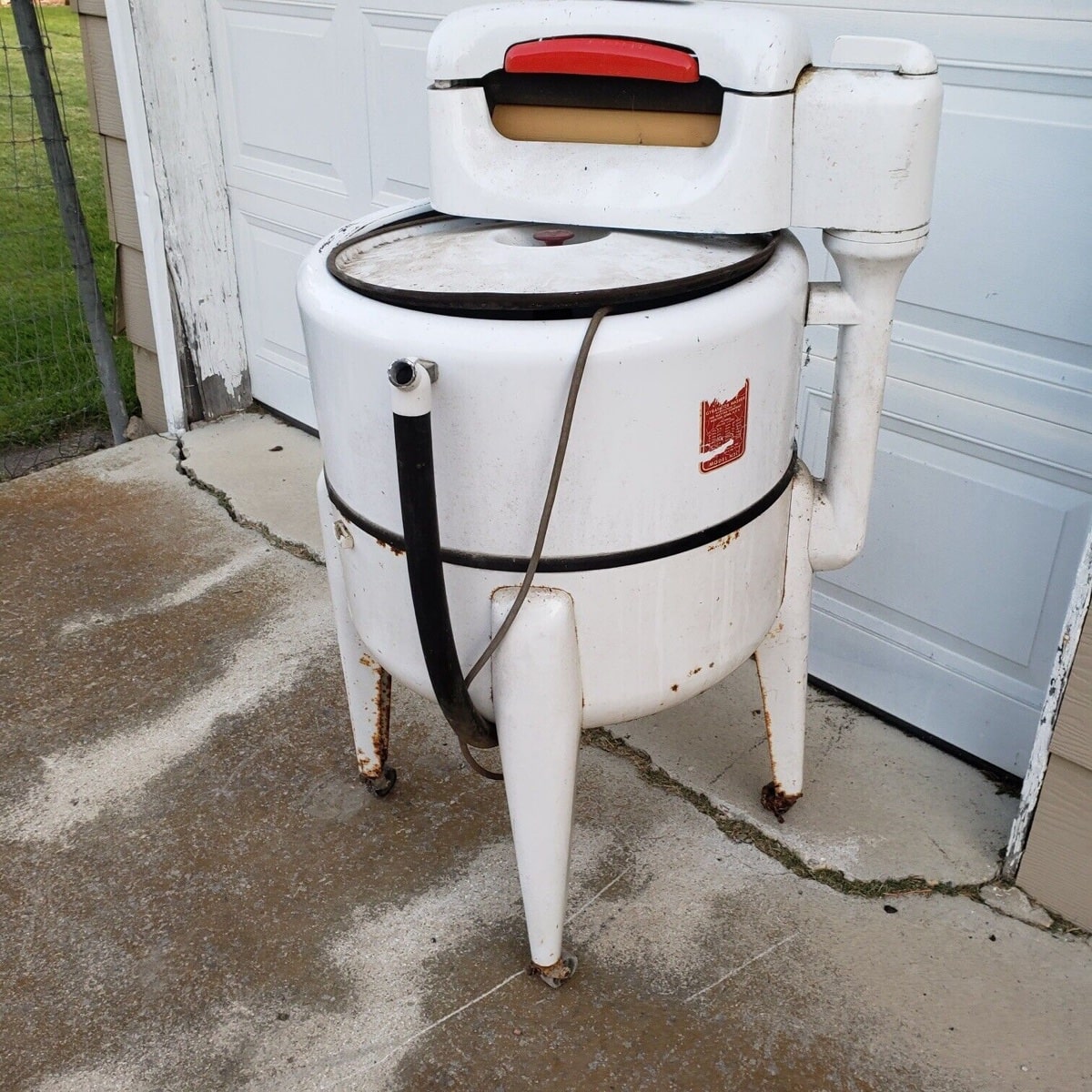
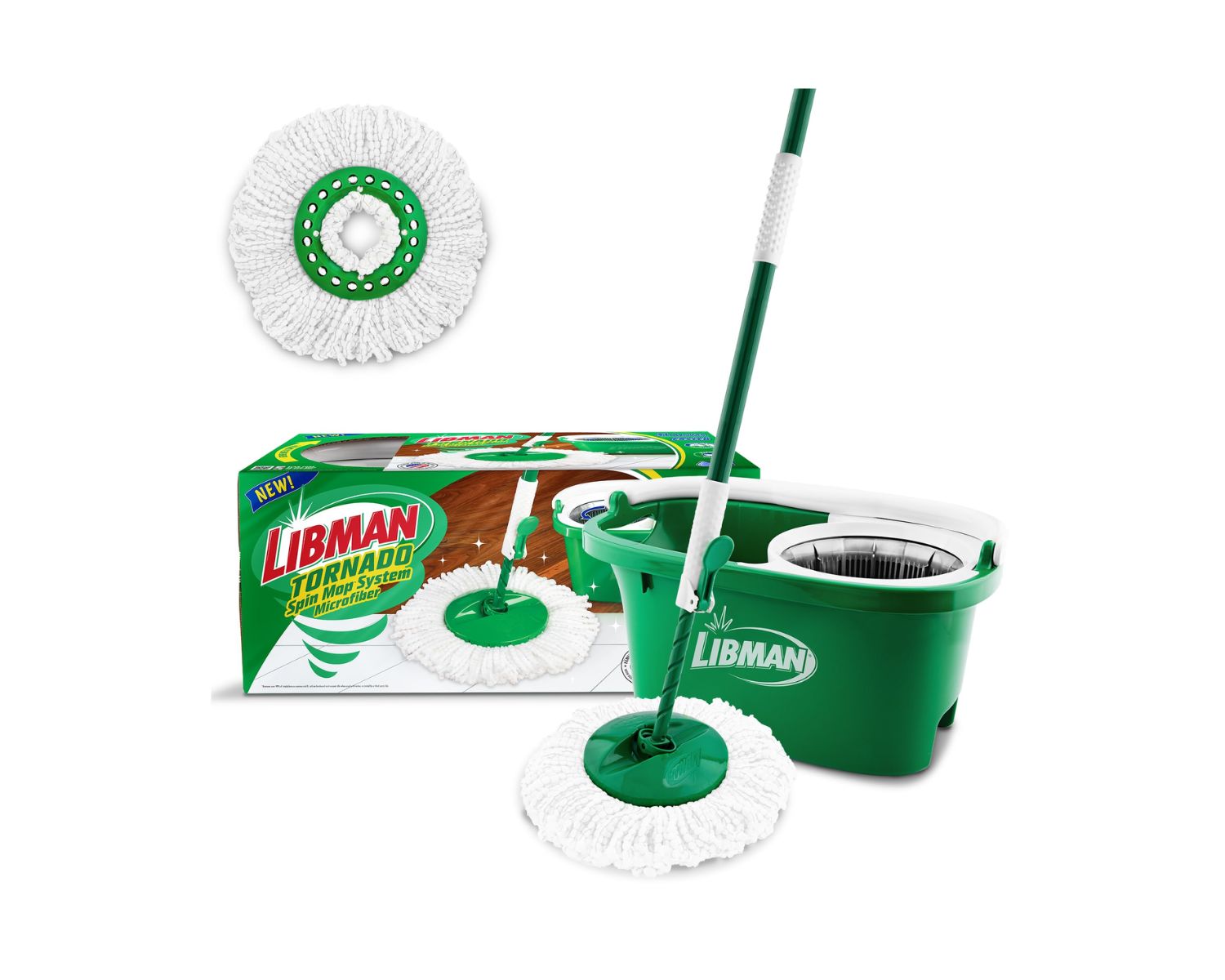
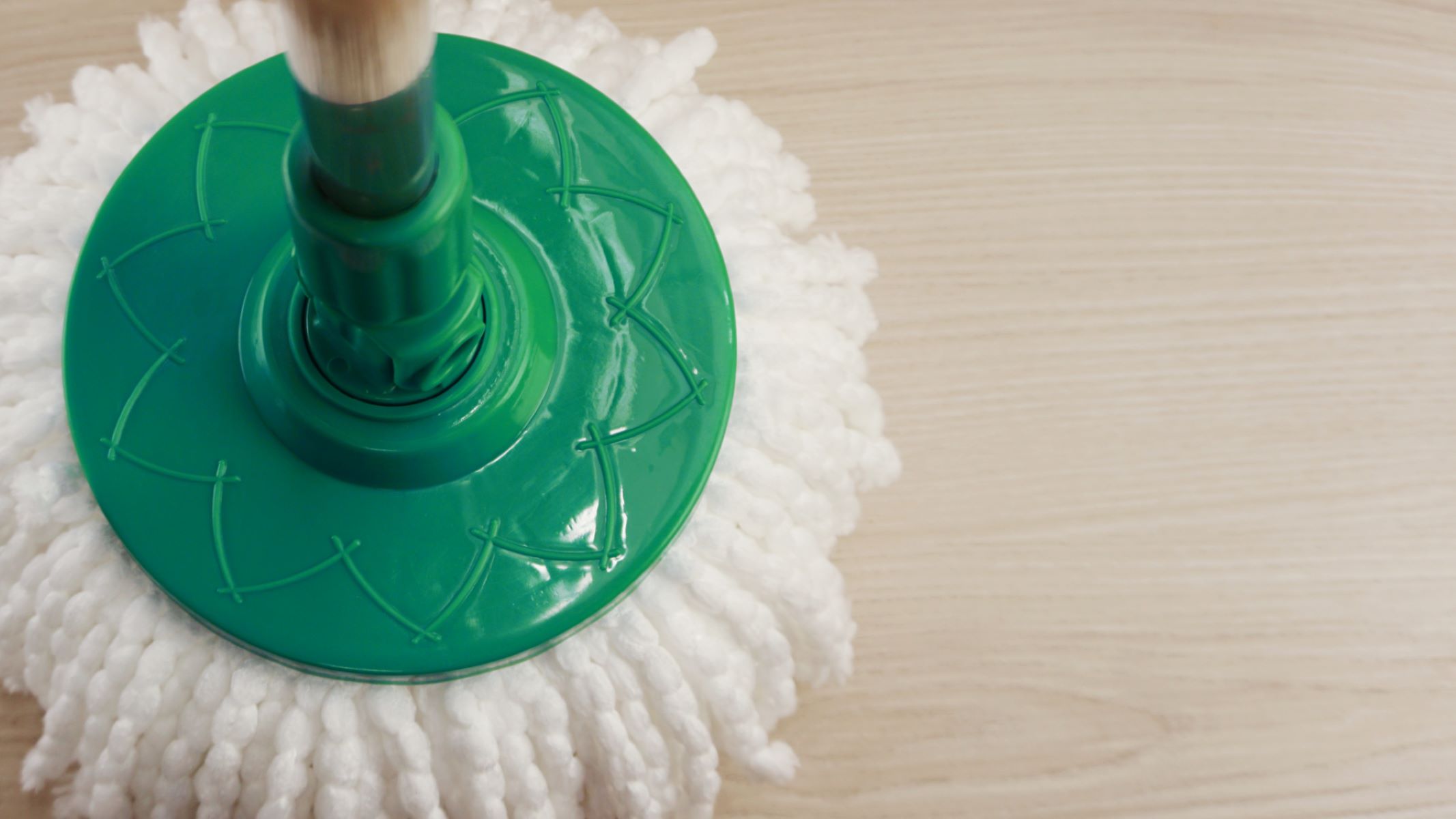
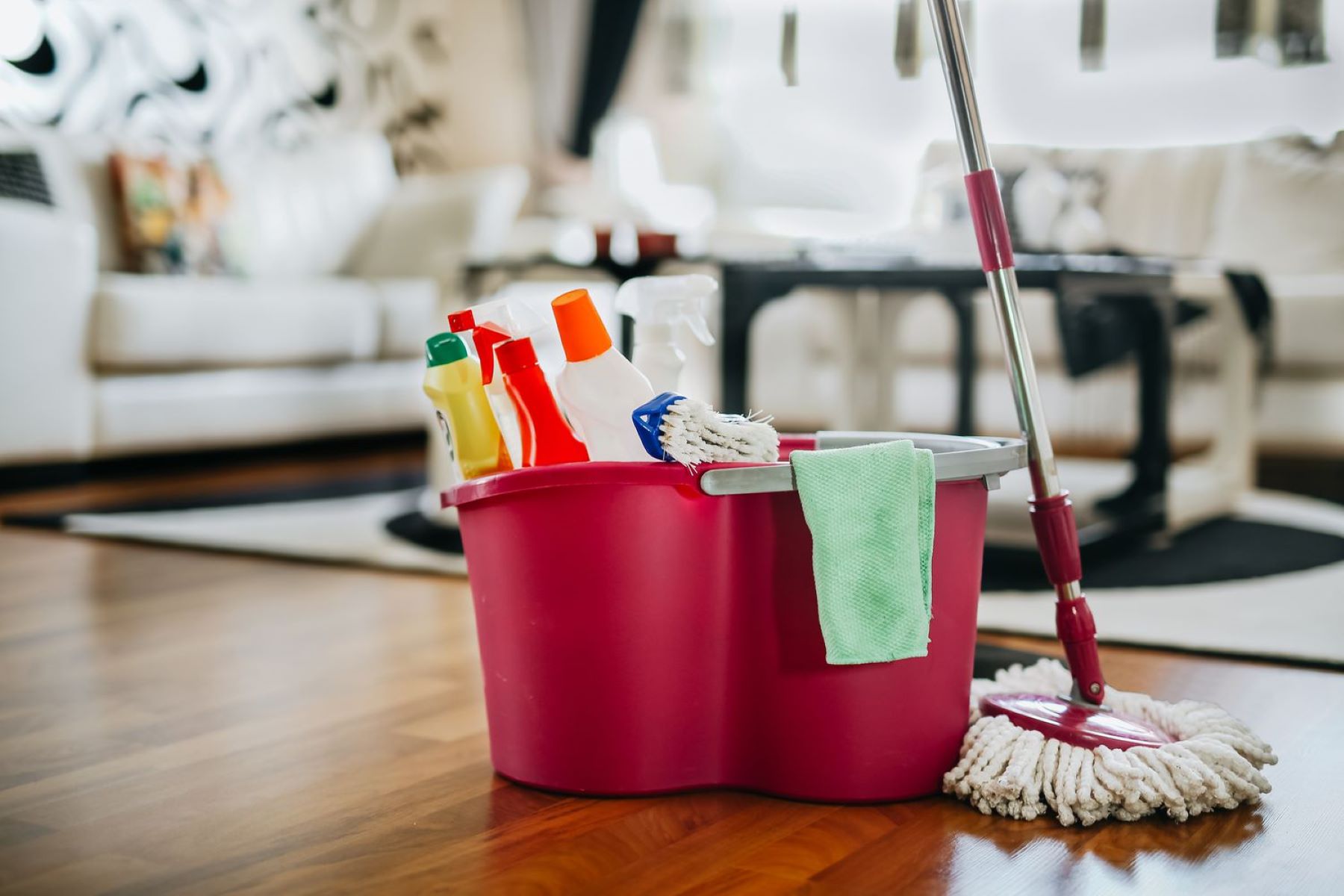
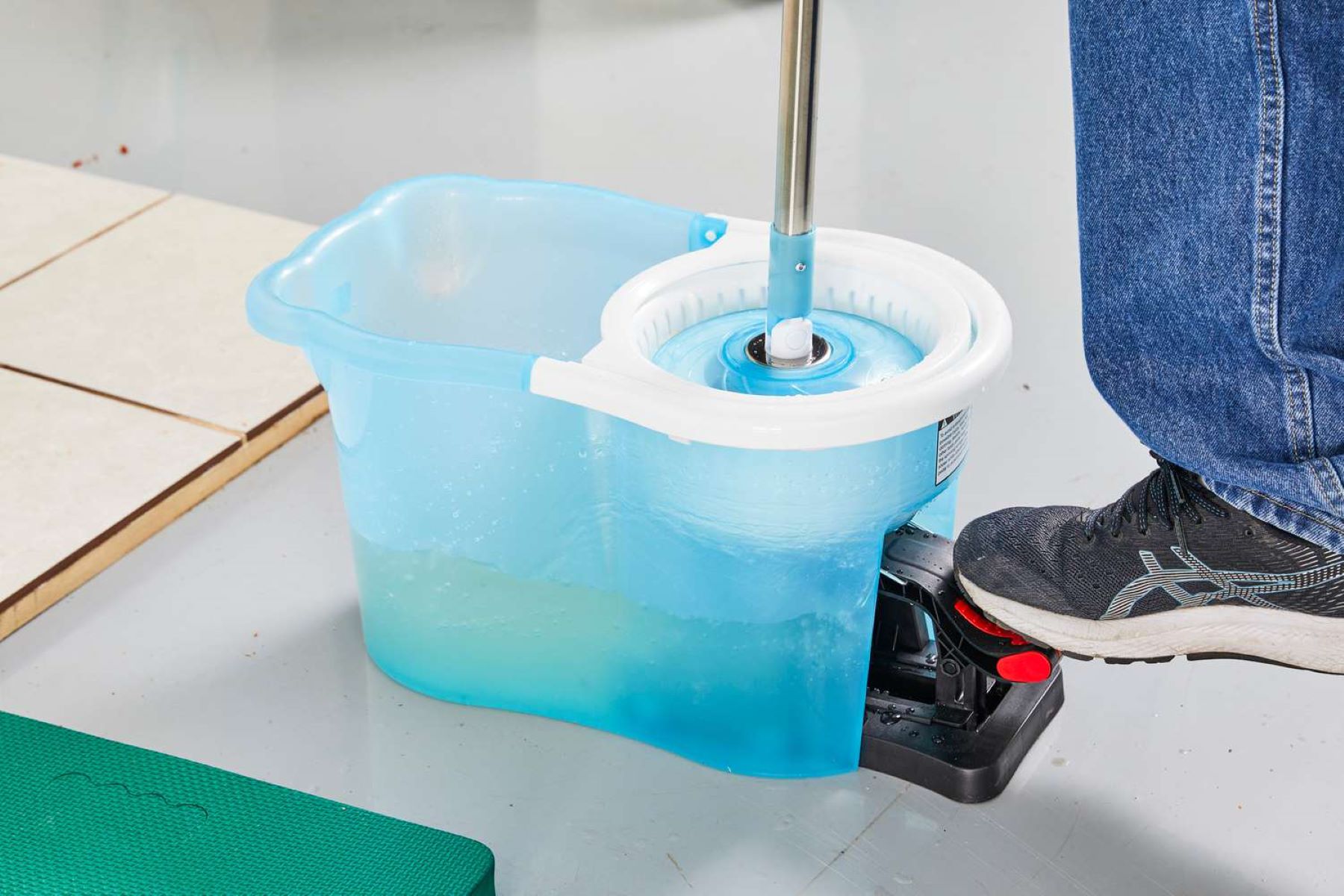
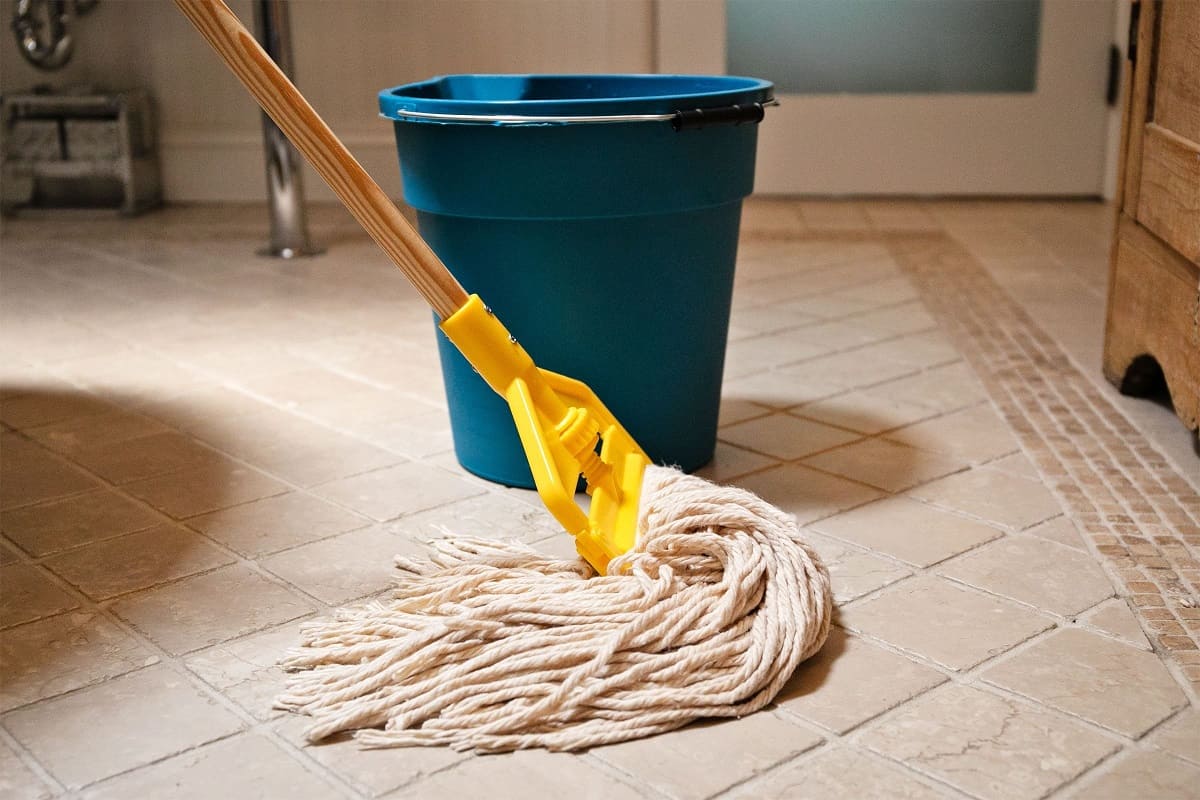
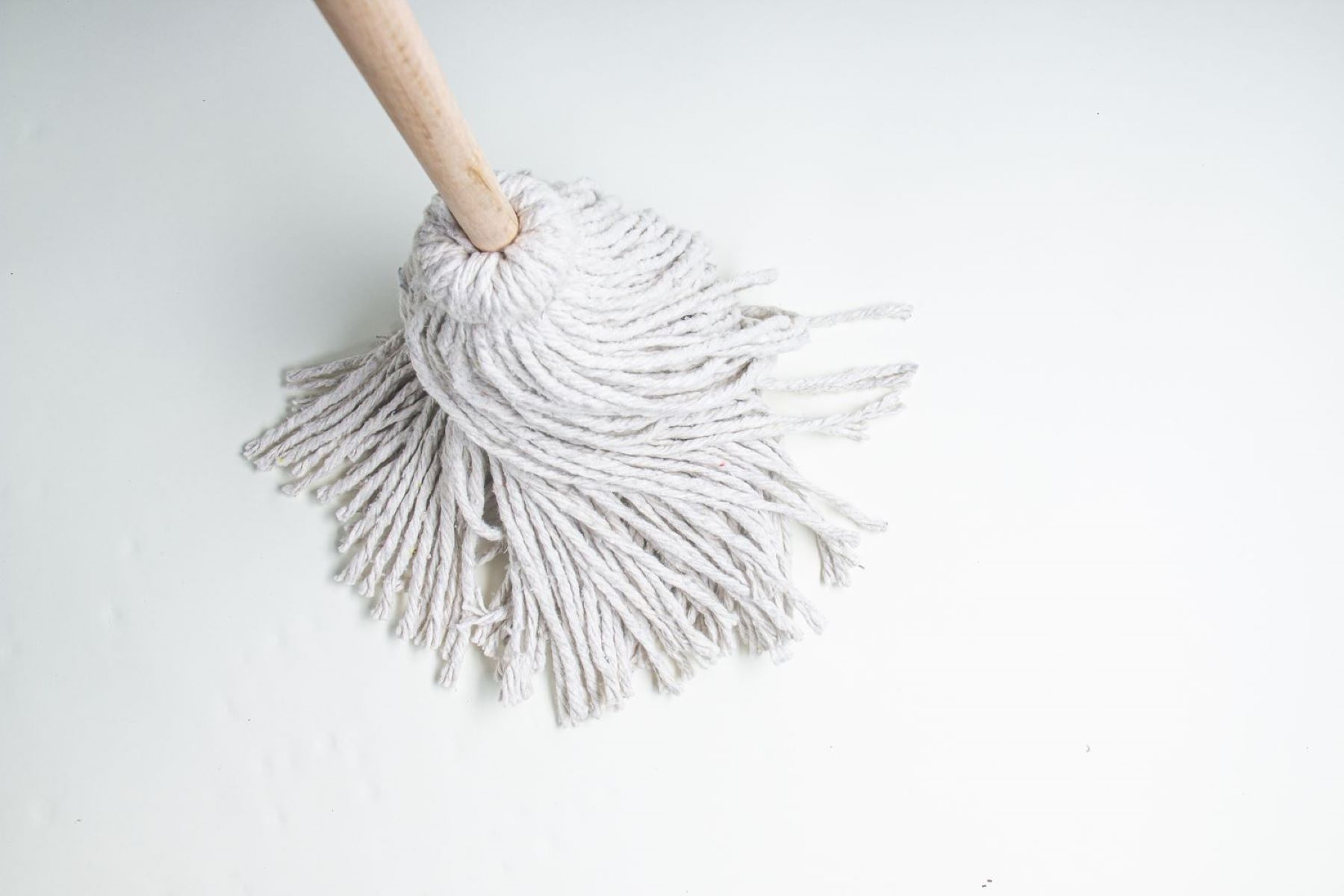

0 thoughts on “How To Wring A Mop Without A Wringer”